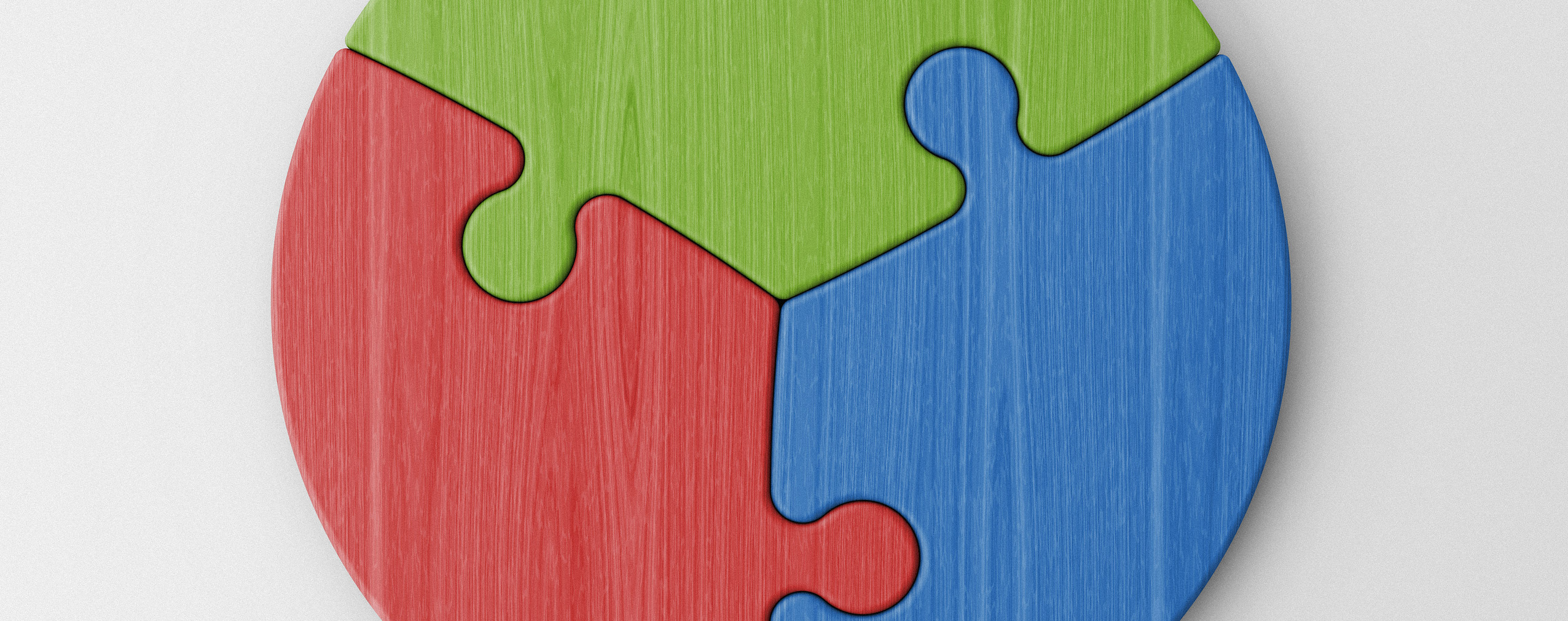A speaker’s ability to make an impact with their presentation directly corresponds to their ability to master the information. Demonstrating your high-level knowledge on a topic inspires trust and belief in your audience, making them receptive to your message and interested in learning more.
A firm grasp and expertise in the topic is a must – if you try to fake it, you won’t make it. Simply memorizing what you want to say will only get you so far. Yet for the truly knowledgeable speaker, memorization is an important tool for making the content flow. Even, and sometimes especially, the most educated people can suffer from lack of organization, to the detriment of their talk. Memorization will help you get down the exact information that you want to pass on to your audience in the right order. Here are six scientifically backed methods for memorizing your presentation content.
Table of Contents
Method of Loci/Palace Method
Dating back to the ancient Roman and Greek rhetoric practice, the method of loci, or palace method, uses spatial memory to build an internal “palace” of concepts that are interlinked. In this technique, a person memorizes the layout of a building or other space (their “palace”) and identifies certain loci (features) within the space – such as the dining room table in a house. Next, they assign the ideas they want to memorize to individual features. Items are retrieved in memory by walking through the space in one’s mind, allowing the awareness of the palace layout to assist with memory recall.
Mind Mapping
A mind map or concept map is a diagram that allows for the conceptual organization of information on paper. You may have even used one when you were studying in school. Rather than simply making a list of items, a mind map can be used to visualize your presentation material, physically connecting ideas to form a comprehensive “map” of everything you want to say. This technique works best if you are starting your presentation with basic concepts and expanding them into more specific topics (which, in at least some parts of your presentation, is almost always the case).
Link and Story Methods
These two methods both group items to remember into logical sets that reflect similarities and build upon one another. The Link method is more for visual thinkers and the Story method is ideal for those who learn best through narrative. In the Link method, you make simple associations between the items you want to remember by linking them together with related images. The Story method uses linear narrative to connect items with a story that includes them in it. In both methods, the interconnectedness of the images or parts of the story triggers your memory to recall the list of items.
20-20-20 Rule
As far as rehearsing your material, one method will really help get you on solid ground before you practice. Memory experts stress repeating your material at least three times, and not spending too much time going over individual pieces of the presentation. The 20-20-20 rule gives the perfect balance between reviewing the presentation in its entirety and committing it all to memory. Spend 20 minutes going over the details of the presentation, then repeat it twice more for 20 minutes each time. The repetitions should be no more than 30 minutes apart in order to commit it to long-term memory.
These mnemonic (memory) devices have brain science and a lot of testimonial evidence showing that they work. However, some people find certain methods work better for them than others. The good news is there are many different ways to try to memorize information for a presentation. It just takes a little experimentation to find what works for you. Share your favorite mnemonic devices in the comments!



 (4 votes, average: 4.25 out of 5)
(4 votes, average: 4.25 out of 5)




